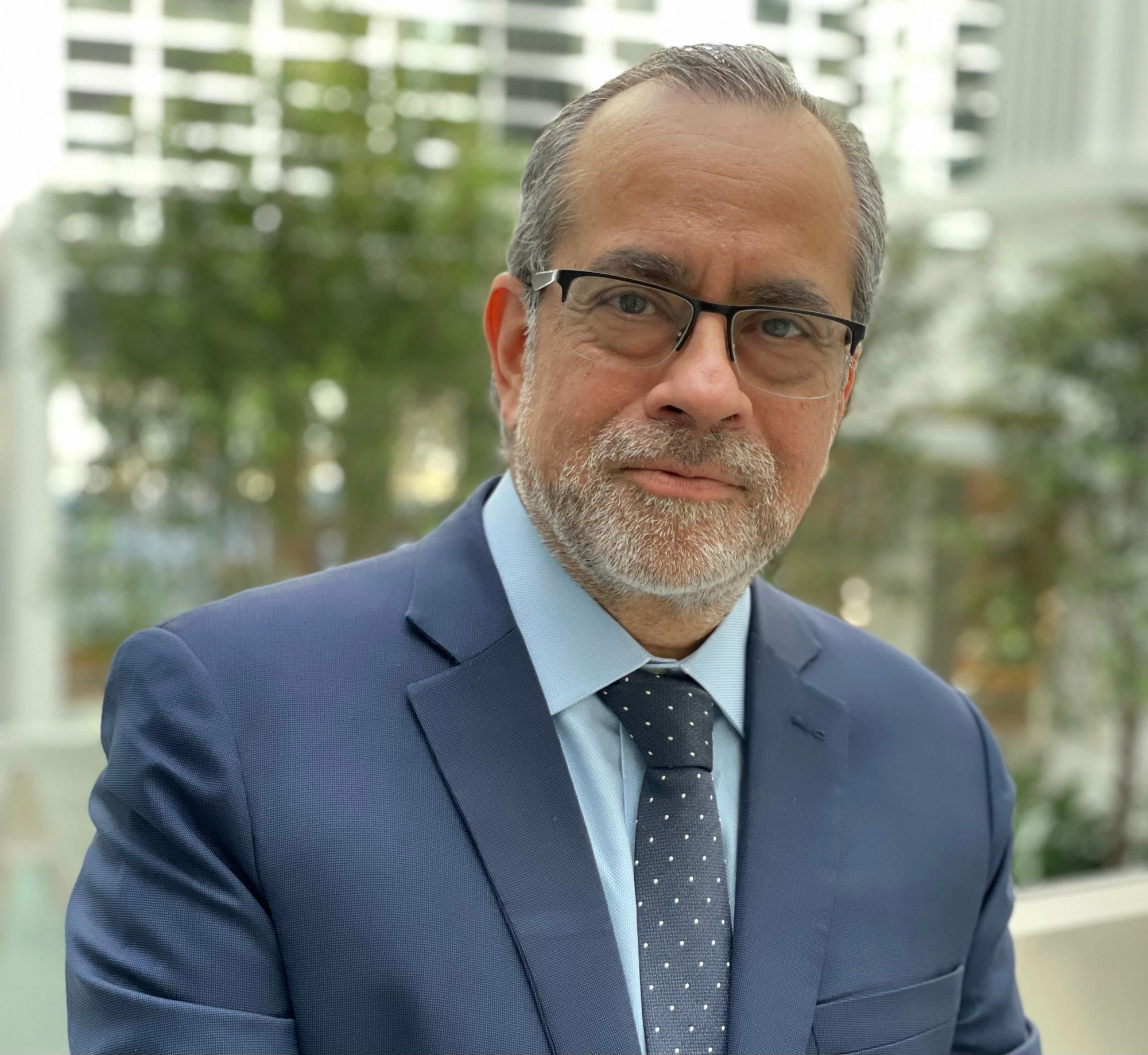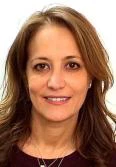
Photo: Vincent Tremeau/World Bank Group 2020
The World Bank is committed to seeing every girl prosper in her life. Our projects support the education of hundreds of millions of girls and young women across the world. Working through interventions in education, health, social protection, water, infrastructure, and other sectors – as well as by joining forces with UNESCO, UNICEF, GPE and many other partners – we are making an even stronger commitment to support countries in ensuring that every girl receives the quality education she deserves. Today, on International Day of the Girl Child, we highlight the work of our teams all over the world, and discuss the barriers still preventing girls and young women from reaching their full potential.
Understanding Education Outcomes for Girls Today: The Work is Not Done
In many countries today, primary, and secondary school enrollment rates are getting closer to equal for girls and boys. But while enrollment rates are similar – in fact, two-thirds of all countries have reached gender parity in primary school enrollment – completion rates for girls are lower in low-income countries where 63% of female primary school students complete primary school, compared to 67% of male primary school students. In low-income countries, secondary school completion rates for girls also continue to lag, with only 36% of girls completing lower secondary school compared to 44% of boys. Upper secondary completion rates have similar disparities in lower income countries, the rate is 26% for young men and 21% for young women.
The gaps are starker in countries affected by fragility, conflict, and violence (FCV). In FCV countries, girls are 2.5 times more likely to be out of school than boys, and at the secondary level, are 90% more likely to be out of secondary school than those in non-FCV contexts.
Amongst multiple barriers to girls’ education, poverty remains the most important factor for determining whether a girl will access an education. Studies consistently reinforce that girls who face multiple sources of disadvantage such as income level, disability and/or come from ethno-linguistic minority backgrounds or live in rural areas are farthest behind.
Moreover, a small ‘reverse gap’ in learning outcomes for girls and boys is now evident, with girls outperforming boys (for example, in lower- and middle-income countries, the Learning Poverty rate for boys is 59%, and for girls 55%). In many countries, enrollment in tertiary education slightly favors young women, however, better learning outcomes are not translating into better work and life outcomes for women. There is a large gender gap in labor force participation rates globally. It is especially stark in regions such as South Asia and the Middle East and North Africa, which have some of the lowest female labor force participation rates at 24% and 20% per region, respectively. These are appallingly low rates, considering what is observed in other regions like Latin America (53%) or East Asia (59%), which are still below rates for men.
Gender bias within schools and classrooms may also reinforce messages that affect girls’ ambitions, their own perceptions of their roles in society, and produce labor market engagement disparities and occupational segregation. When gender stereotypes are communicated through the design of school and classroom learning environments or through the behavior of faculty, staff, and peers in a child’s school, it goes on to have sustained impact on academic performance and choice of field of study, especially negatively affecting young women pursuing science, technology, engineering, and mathematics (STEM) disciplines.
Our Support of Girls’ and Young Women’s Education
The World Bank’s agenda on girls’ education goes beyond getting girls into school. It is also about ensuring girls have the opportunity to attend and complete all levels of education; that girls receive a quality education and feel safe while in school; acquire the essential knowledge and skills to enter and compete in the labor market; learn the socio-emotional and life skills necessary to navigate and adapt to a changing world; make decisions about their own lives; and contribute to their communities and the world.
Our 180 projects are impacting more than 150 million girls and young women worldwide. Hundreds of millions more have been impacted over the past few decades.
We tackle key barriers that girls and young women face when trying to obtain an education. Guided by evidence on what works for girls’ education, our projects use multi-pronged approaches across areas including:
- Removing barriers to schooling (cost and distance) Our projects providing stipends to improve primary and secondary school completion for girls and young women in Bangladesh, Pakistan, and the Sahel benefit close to half a million girls. Our Girls Empowerment and Learning for All Project in Angola will use a variety of financial incentives to attract adolescent girls to schools, including scholarships, and new school spaces for girls. Many of our projects run community awareness campaigns - particularly in relation to re-enrollment of girls after COVID-19 related school closures - about the importance and benefits of educating girls. While removing financial constraints is important, so is providing permanent social emotional and academic support to ensure that all girls complete their education ambitions.
- Promoting safe and inclusive schools (making schools safe, eliminating gender-based violence (GBV), and supporting adolescent girls’ hygiene). In Tanzania, the Bank is supporting the training of a counselor in every school who will provide life-skills training in girls’ and boys’ clubs – which is important because closing gender gaps is not only about interventions for girls but also for boys. In Nigeria, female counselors will provide life skills training to about 340,000 girls in safe spaces. Several of our other projects also support the construction of separate sanitary toilets for girls, as well as introducing GBV-reducing and reporting mechanisms in school systems.
- Improving the quality of education (improving learning for both boys and girls, promoting gender-sensitive teaching and curricula). In Ghana, the Accountability and Learning Outcomes Project is conducting teacher training for gender-sensitive instruction, and aims to create guides for teachers to support gender sensitivity in classrooms. In Honduras, the Early Childhood Education Improvement Project, will create a revised preschool curriculum that will include content on gender equity, inclusion, and violence prevention, as well as training for teachers, including training to combat GBV.
- Developing skills and empowering girls for life and labor market success (supporting young women through the schools-to-jobs transition, empowerment programs) . In Pakistan, the Higher Education Development project seeks to support women enrolled in STEM programs, with an aim to move them from 2-year to more comprehensive 4-year programs. The Higher Education Project in Moldova and the Higher Education Modernization Project in Belarus will both support and finance activities to increase enrollment of women in STEM fields. The Côte d'Ivoire Higher Education Development Support Project provides scholarships for women in higher education, and extra tutoring support for females pursuing STEM subjects.
Looking Forward: Not just a Human Right, but a Smart Investment
Ensuring girls and young women receive a quality education can help lift households, communities, and countries out of poverty. Better educated women are more informed about their own nutrition and healthcare, have fewer children, marry at a later age, and should they choose to become mothers, have children that are usually healthier.
On a larger scale, we know that limitations to completing 12 full years of education for girls costs countries between $15 trillion and $30 trillion dollars in lost lifetime productivity and earnings. We also know that on average, an additional year of schooling increases women’s returns to education by 12 percent (compared with 10 percent for men), and women who drop out of the education system early miss out on these returns. Women who obtain more education are more likely to participate in the formal labor market and earn higher incomes. We want to see girls and young women achieve these developments in the world.
Today, on International Day of the Girl Child, it is ever more urgent that we recognize the need to continue to invest fiercely in and empower girls to ensure they are ‘counted in’ essential policies for economic development. Providing opportunities for all girls is our chance to live in a better world.
For more information on our girls’ education investment and projects, please read Count Me In: The World Bank Education Global Practice: Improving Education Outcomes for Girls and Women, which highlights our decades-long commitment to girls’ education, and showcases how Education GP projects are creating opportunities for girls around the world to succeed in their education and beyond.




Join the Conversation